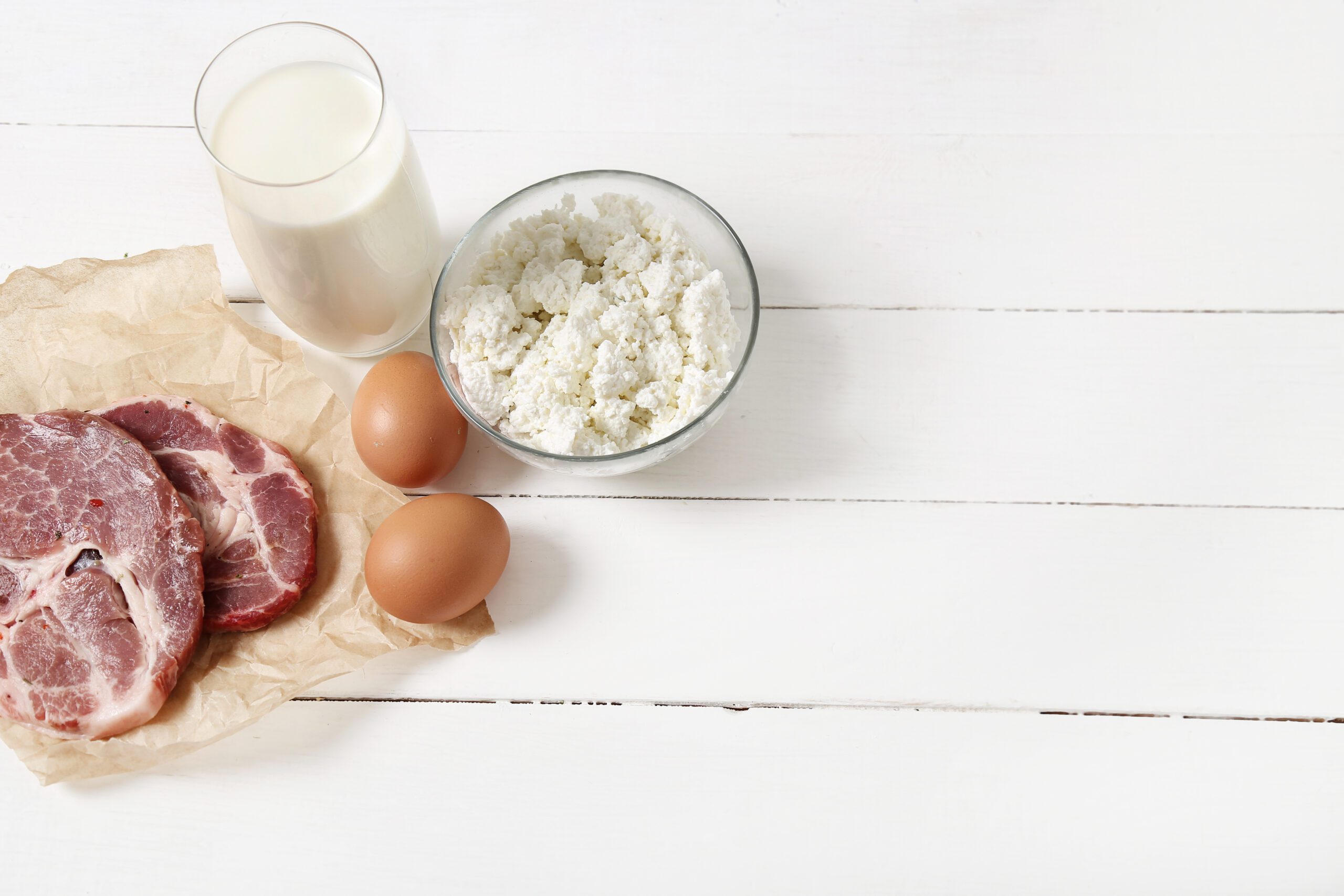Introduction
Have you ever wondered what happens when you add milk to ground beef? This seemingly simple cooking technique has a profound impact on the flavor, texture, and overall quality of your dish. In this article, we’ll delve into the science, benefits, and techniques behind adding milk to ground beef. Whether you’re a seasoned chef or a home cook, understanding this method can elevate your culinary creations to the next level.
History and Background
Historical Use of Milk in Cooking
The use of milk in cooking dates back centuries. In various cultures, milk has been employed not just as a beverage but also as a key ingredient in meat preparations. From ancient Roman cuisine to traditional Indian dishes, milk has been a staple in enhancing the tenderness and flavor of meat.
Culinary Practices
Different cultures have their unique ways of incorporating milk into meat dishes. For example, in Italian cuisine, milk is often added to Bolognese sauce to soften the meat and create a richer texture. Similarly, in Indian cuisine, yogurt (a milk derivative) is commonly used in marinating meat for curries and kebabs.
Scientific Basis
The science behind using milk in meat preparations lies in its composition. Milk contains enzymes and acids that break down muscle fibers, making the meat more tender. Additionally, the fats in milk help in retaining moisture, ensuring that the meat remains juicy during cooking.
The Science Behind Adding Milk to Ground Beef
Tenderizing Effect
One of the primary reasons for adding milk to ground beef is its tenderizing effect. The enzymes in milk break down the proteins in the meat, making it softer and more palatable. This is particularly useful for ground beef, which can sometimes be tough and chewy.
Chemical Reactions
When milk is added to ground beef, it initiates several chemical reactions. The calcium in milk activates enzymes in the meat, which further break down muscle fibers. This results in a softer texture and enhanced flavor.
Nutrient Absorption
Milk not only tenderizes the meat but also aids in nutrient absorption. When ground beef is cooked with milk, it absorbs some of the nutrients from the milk, making the dish more nutritious. For more information on the nutritional benefits of milk, check out the National Dairy Council.
Benefits of Adding Milk to Ground Beef
Enhanced Flavor
Milk adds a subtle richness to ground beef, enhancing its overall flavor. The fats in milk meld with the meat juices, creating a more complex and delicious taste.
Improved Texture
Adding milk to ground beef significantly improves its texture. The meat becomes softer and more succulent, making it easier to chew and enjoy.
Nutritional Benefits
Milk is rich in essential nutrients like calcium, protein, and vitamins. When added to ground beef, it boosts the nutritional profile of the dish, making it healthier.
Moisture Retention
Milk helps in retaining moisture in the meat, preventing it from drying out during cooking. This is especially beneficial for ground beef, which can easily become dry and crumbly.
Common Techniques and Recipes
Basic Technique
Adding milk to ground beef is simple. Follow these steps for best results:
- Mixing: Combine ground beef with a small amount of milk (about 1/4 cup per pound of meat).
- Marinating: Let the mixture sit for 15-30 minutes to allow the milk to tenderize the meat.
- Cooking: Cook the ground beef as usual, whether you’re making burgers, meatballs, or a sauce.
Popular Recipes
Here are some popular recipes that use milk and ground beef:
- Milk-Braised Meatballs: Juicy meatballs simmered in a rich milk-based sauce.
- Bolognese Sauce: A classic Italian sauce that uses milk to soften the meat and add depth of flavor.
- Meatloaf: Adding milk to the meat mixture results in a moist and tender meatloaf.
Tips and Tricks
- Use whole milk for best results, as it contains more fat which helps in tenderizing the meat.
- If you’re short on time, you can skip the marinating step, but the results may not be as tender.
Potential Downsides and Considerations
Allergies and Dietary Restrictions
One of the downsides of adding milk to ground beef is that it may not be suitable for everyone. People with lactose intolerance or milk allergies should avoid this technique.
Caloric Content
Adding milk can increase the caloric content of your dish. If you’re watching your calorie intake, opt for low-fat or plant-based milk alternatives.
Flavor Preferences
Not everyone may enjoy the taste of milk in their ground beef. It’s always a good idea to try a small batch first to see if it suits your palate.
Alternatives to Milk
Non-Dairy Alternatives
If you’re lactose intolerant or prefer not to use dairy, there are several non-dairy alternatives:
- Almond Milk: A nutty-flavored milk that works well as a tenderizer.
- Soy Milk: Rich in protein, making it a good substitute for regular milk.
- Coconut Milk: Adds a tropical flavor to your dish, suitable for certain cuisines.
Other Tenderizers
Other ingredients can also tenderize ground beef:
- Yogurt: A common tenderizer in many cuisines, especially Indian.
- Buttermilk: Adds tanginess and helps in tenderizing the meat.
Comparative Analysis
While non-dairy alternatives and other tenderizers can be effective, they may not yield the same results as regular milk. Each alternative has its unique properties, so it’s worth experimenting to find what works best for you. For more meat tenderizing techniques, visit Serious Eats.
FAQs
Can I use plant-based milk instead of regular milk?
Yes, plant-based milk like almond or soy milk can be used as a substitute for regular milk.
How much milk should I add to ground beef?
A quarter cup of milk per pound of ground beef is usually sufficient.
Does adding milk to ground beef change the cooking time?
No, adding milk does not significantly affect the cooking time.
Can I marinate ground beef in milk overnight?
Yes, marinating overnight can further tenderize the meat, but it’s not necessary.
Does the fat content of the milk matter?
Using whole milk is generally recommended for better results, but low-fat options can also be used.
Conclusion
Adding milk to ground beef is a simple yet effective technique that can significantly enhance the flavor, texture, and nutritional profile of your dish. Whether you’re making meatballs, a sauce, or a meatloaf, incorporating milk can elevate your culinary creations. So, the next time you’re cooking ground beef, give this method a try and savor the delicious results.
Additional Resources
For more cooking tips and techniques, consider exploring reputable cookbooks or culinary science books. Websites like The Kitchn offer a wealth of information on cooking with milk and other ingredients. Additionally, taking cooking classes can provide hands-on experience and further enhance your skills.
By understanding the benefits and techniques of adding milk to ground beef, you can create dishes that are not only delicious but also nutritious. Happy cooking!





